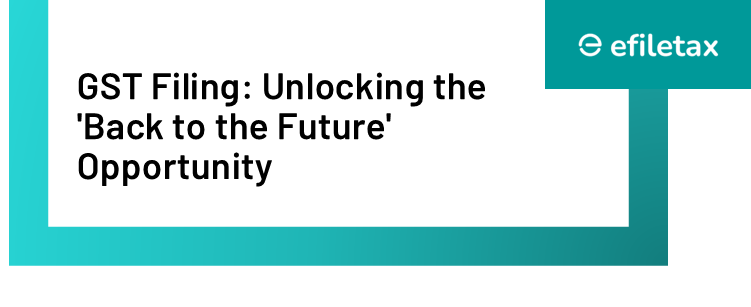
The GST Council’s latest announcement has stirred up quite a buzz. Businesses now have the opportunity to revisit their financial past and file GSTR-9C returns dating back to the inception of GST in 2017. The futuristic deadline? March 31, 2025. This decision, while aimed at simplifying compliance and addressing past oversights, raises critical questions for businesses and tax consultants alike. Let’s dive into the details and uncover what this really means for taxpayers.
What Is the ‘Back to the Future’ Scheme?
The recent policy allows businesses to retrospectively file or rectify their GSTR-9C returns from 2017 onwards. This unprecedented move gives businesses a chance to correct errors, reconcile mismatched data, and address historical non-compliance.
- Applicability: All taxpayers required to file GSTR-9C can now revisit past filings.
- Deadline: March 31, 2025.
- Objective: Resolve pending issues, reduce litigation, and provide clarity for businesses.
Why Was This Introduced?
Several reasons prompted this bold initiative:
- Addressing Errors: Many businesses faced challenges during GST’s initial rollout, leading to errors in filings. This scheme offers a second chance.
- Facilitating Compliance: Encouraging businesses to reconcile mismatches can reduce future disputes.
- Revenue Generation: Late filing penalties and interest might contribute to government revenue.
Key Case Laws Impacting This Initiative
Recent rulings provide valuable context for the ‘Back to the Future’ scheme:
- M/s XYZ Pvt. Ltd. v. GST Commissioner (2023)
- The court ruled that taxpayers must be allowed to rectify errors if genuine efforts were made to comply initially.
- ABC Traders v. Union of India (2022)
- Highlighted the need for flexibility in addressing procedural lapses, especially during transitional phases.
- PQR Enterprises v. State Tax Department (2024)
- Emphasized that retrospective compliance opportunities can reduce litigation and foster trust.
Benefits of the Scheme
For businesses, the scheme brings several advantages:
- Error Rectification: Correct past mistakes without fear of penalties for oversight.
- Reconciliation: Align GST returns with financial statements to avoid future audits.
- Compliance Opportunity: Strengthen tax compliance and maintain a clean record.
- Reduced Litigation: Resolve disputes proactively, reducing long-term legal costs.
Challenges to Consider
While the scheme is a welcome move, it comes with its own set of challenges:
- Complex Calculations: Reassessing past records and reconciling data can be labor-intensive.
- Penalties and Interest: Businesses may face financial implications for delayed payments.
- Time Constraints: The March 2025 deadline, though extended, requires prompt action.
Steps to Leverage This Opportunity
- Review Past Returns: Identify discrepancies or missing filings from 2017 onwards.
- Reconcile Financial Data: Align GST returns with audited financial statements.
- Consult Experts: Seek professional advice to navigate the complexities.
- File Proactively: Avoid last-minute rush and ensure compliance.
A Bold Step or a Bureaucratic Hurdle?
The ‘Back to the Future’ scheme has sparked debates across the business community. While some see it as a progressive move to address past lapses, others criticize it as an added burden. The success of this initiative depends on how businesses approach it—as an opportunity to correct mistakes or as another compliance headache.
Conclusion
The GST Council’s decision to allow retrospective filing is undeniably unique. It opens doors for businesses to rectify past errors and strengthen compliance. However, the onus lies on taxpayers to act promptly and leverage this opportunity effectively.